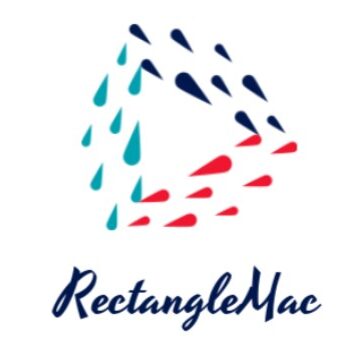Comparing JSON and XML Files: The Need for Efficient Tools
JSON (JavaScript Object Notation) and XML (Extensible Markup Language) are widely used data formats in web development and data exchange. Often, developers need to compare these files to identify differences, troubleshoot issues, or ensure data consistency. Manually comparing large JSON and XML files is tedious and error-prone. Fortunately, several tools simplify this process, offering efficient and accurate comparisons.
Types of Tools for JSON and XML Comparison
Several approaches and tools are available to compare JSON and XML files, each with its strengths and weaknesses. These fall broadly into three categories:
- Online Comparators: Web-based tools offering a simple interface for uploading and comparing files. These are great for quick comparisons of smaller files.
- Command-Line Utilities: Powerful tools offering more control and flexibility, ideal for integrating into scripting or automation workflows. These usually require some technical expertise.
- Integrated Development Environment (IDE) Features: Many IDEs (like VS Code, Sublime Text, Atom) offer built-in features or extensions for comparing files, providing a seamless workflow within the development environment.
Best Tools for the Job
Online Comparators
Several websites provide free online JSON and XML comparison tools. These are generally user-friendly, requiring users to simply upload their files and the tool will highlight the differences. However, they typically have limitations on file size. A search for “online JSON XML comparator” will reveal many options.
Command-Line Utilities
For more advanced users, command-line utilities offer greater flexibility and control. Tools like diff (for general file comparison, requiring potential pre-processing for structured data) or specialized JSON/XML comparison libraries (potentially requiring programming knowledge) provide powerful ways to compare files and integrate the comparison into scripts.
IDE Features
Many modern IDEs include built-in diff tools or support extensions that provide sophisticated file comparison capabilities. For instance, VS Code offers excellent extension support for comparing files, including those with structured data like JSON and XML. These integrations streamline the comparison process within the familiar environment of your development workflow.
Choosing the Right Tool
The best tool for comparing JSON and XML files depends on your specific needs and technical skills. Consider the following factors:
- File Size: For very large files, command-line tools or specialized software might be necessary due to limitations of online comparators.
- Technical Expertise: Online comparators require minimal technical skills, while command-line utilities or advanced IDE features require more programming knowledge.
- Integration Needs: If you need to integrate file comparison into a larger workflow, command-line tools or IDE plugins are the best options.
- Frequency of Use: For infrequent comparisons, a simple online comparator might suffice. For frequent comparisons, integrating a solution into your IDE or using command-line tools could improve efficiency.
Beyond Simple Comparison: Advanced Techniques
Simple visual differences might not always capture the essence of the changes. For very complex JSON or XML structures, considering schema validation or using specialized tools that understand the hierarchical nature of these formats can provide deeper insights into the differences between files. For instance, you may want to go beyond just identifying text differences and focus on structural differences, added or removed elements, and changes in attribute values.
Furthermore, consider using version control systems (like Git) to track changes over time. Git’s diff capabilities can give you a detailed history of modifications, helping to identify when and why specific changes were made. This approach is particularly useful for collaborative projects where multiple developers work on the same files.
In conclusion, numerous tools exist to streamline the comparison of JSON and XML files. Selecting the appropriate tool depends heavily on individual needs and technical proficiency. Whether you opt for the convenience of an online comparator, the power of command-line utilities, or the integration of IDE features, efficient comparison tools are crucial for smooth development and data management.
For a practical example and more in-depth information, consider exploring resources available online. Further resources can offer hands-on tutorials and detailed comparisons of different tools.
